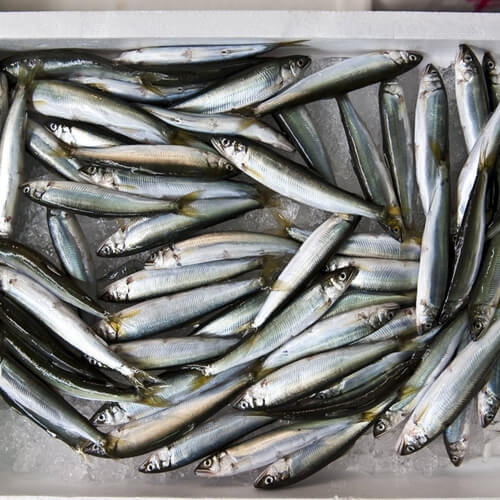4 Seafood Ingredients Worth Diving Into
The world at large has quite the love affair with seafood. According to the Marine Stewardship Council, seafood production totaled 158 million tons in 2012, of which 85 percent was for consumption. Yet, despite the abundance of sea creatures, most people seem to only dine on the same kinds again and again. Craving more than crab? Tired of endless tuna? About to bellow from all that bluefish? Take a dive into some of these seafood options:
Chilean sea bass
Despite its name, the Chilean sea bass is a different species entirely, The Nibble noted. This creature was originally called the Patagonian toothfish, and was only renamed as a marketing ploy in order to make it sound more appealing to consumers. It’s a move that makes sense, especially given the fish’s frightening exterior of long, jagged teeth and dullish grey skin. Yet, despite that, it’s highly sought after in both the U.S. and Japan. Fish Choice Inc. described sea bass as having a tender and moist texture with lots of large flakes. It’s best served whole, but you can either broil, steam, bake or fry it.
Sole
Depending on the quantity, sole can have a number of different names, Harbor Fish Market explained. If it’s under one pound, it’s called Peewees. Anything up to four pounds is named Georges flounder. Four pounds and above, and you’ll be looking to buy lemon sole. This is a rather flaky and delicate fish with a decidedly mild flavoring to it. As such, it can often take on the flavors of whatever it’s cooked with. While lemon is quite popular, it can also be made spicy or even sweet and tangy. Sole can be prepared in a number of ways, including poached and in casserole.
Sea urchins
On first glance, urchins don’t look all that tempting to eat, as their rows of spikes seem to scream “leave me be.” However, as Great British Chefs explained, these creatures have long been a staple in European cuisine. It’s worth noting that you don’t eat much of the urchin, only its gonads or reproductive organs, which are described as having both a delicate texture and a sweet aftertaste. Cooking with urchin often requires a bit of effort, as you have to cut around the “equator” of the creature in order to get to the edible parts. That combined with reduced quantities and overconsumption in the 1970s, and it’s no wonder urchins are regarded with the same esteem as caviar.
Lutefisk
According to What’s Cooking America, lutefisk is either dearly beloved or the reason some people left its native Norway. It’s easy to see why that’s a popular saing for many Norwegian-Americans, given that it involves a dried cod soaking in lye for several days. Plus, if the fish soaks for too long, the whole concoction will turn into soap. Yet, for those brave enough to look past all of that, lutefisk can provide a new flavor experience. The Sons of Norway said it has a decidedly mild and mellow taste, one which really helps to accentuate the traditional white sauce or other spices it’s cooked in. Because of its consumption during holidays, lutefisk is often accompanied by beer or akvavit, a flavored alcoholic spirit.
Want to learn even more about seafood? Then ship off to a culinary academy.


